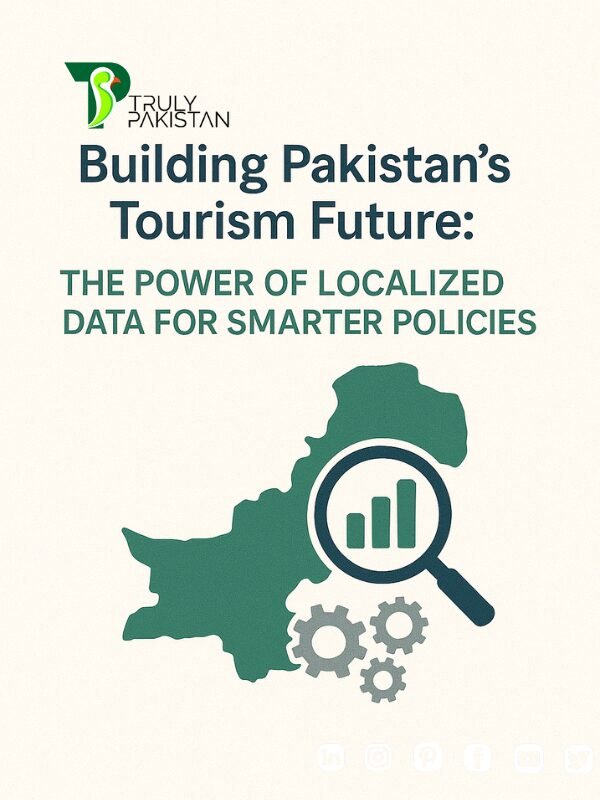Over the past decade, Pakistan has emerged from the shadows of global misconceptions to become one of the world’s most intriguing travel destinations. With its majestic mountains, ancient civilizations, vibrant cultures, and warm hospitality, Pakistan has everything a thriving tourism industry needs—except one critical element: data.
While tourist numbers continue to rise, both policymakers and industry stakeholders are navigating largely without a map. The lack of localized data—detailed, destination-specific information—has left Pakistan’s tourism sector vulnerable to mismanagement, environmental degradation, and missed economic opportunities. If Pakistan is to transform tourism into a sustainable pillar of national growth, it must prioritize data-driven policies tailored to the unique dynamics of each region.
The future of tourism isn’t just about attracting visitors—it’s about managing them wisely. And that wisdom comes from data.
The Silent Backbone: Why Localized Data is Essential
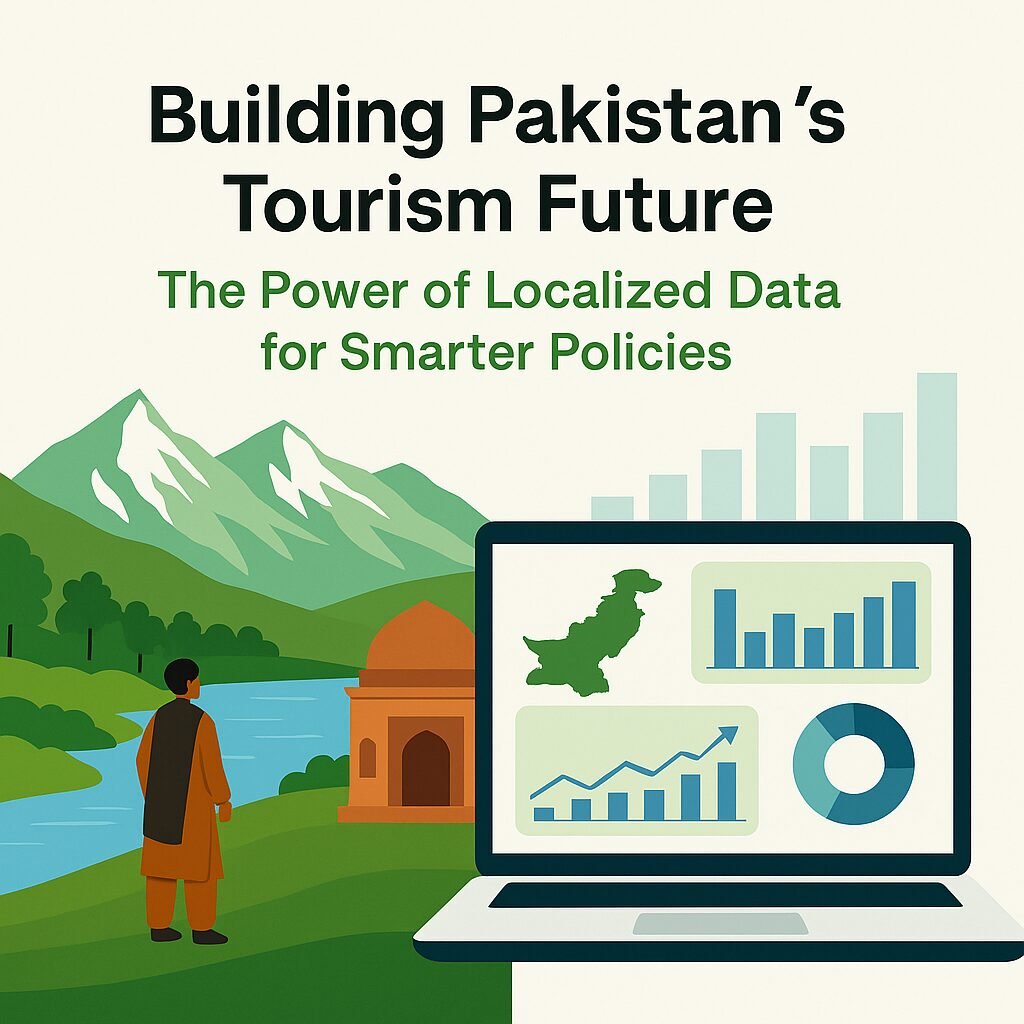

In today’s global tourism landscape, data is often referred to as the “new oil.” But it’s not just the volume of data that matters—it’s the relevance and specificity. Localized data—information gathered at the community, city, or regional level—enables smarter decision-making by providing insights that national statistics simply cannot capture.
Consider how leading tourist destinations across Europe or Southeast Asia operate. Their policies are shaped by real-time data on visitor flows, accommodation capacities, seasonal behaviors, transportation usage, and even tourist spending patterns. These insights allow them to manage crowds, protect cultural heritage sites, and ensure that tourism revenue benefits local communities.
In Pakistan, however, tourism planning still relies heavily on generalized figures, occasional surveys, and fragmented reports. There’s little understanding of how many tourists visit specific valleys in Gilgit-Baltistan during peak season, what infrastructure stress points exist in Swat, or how domestic tourism trends are shifting in response to socio-economic factors. Without this localized intelligence, tourism development becomes a game of guesswork.
Moreover, localized data isn’t just for governments. It empowers businesses to tailor their services, helps communities prepare for seasonal influxes, and offers investors a clearer picture of opportunities and risks within specific destinations.
The Consequences of Data Blindness: Gilgit-Baltistan as a Case Study
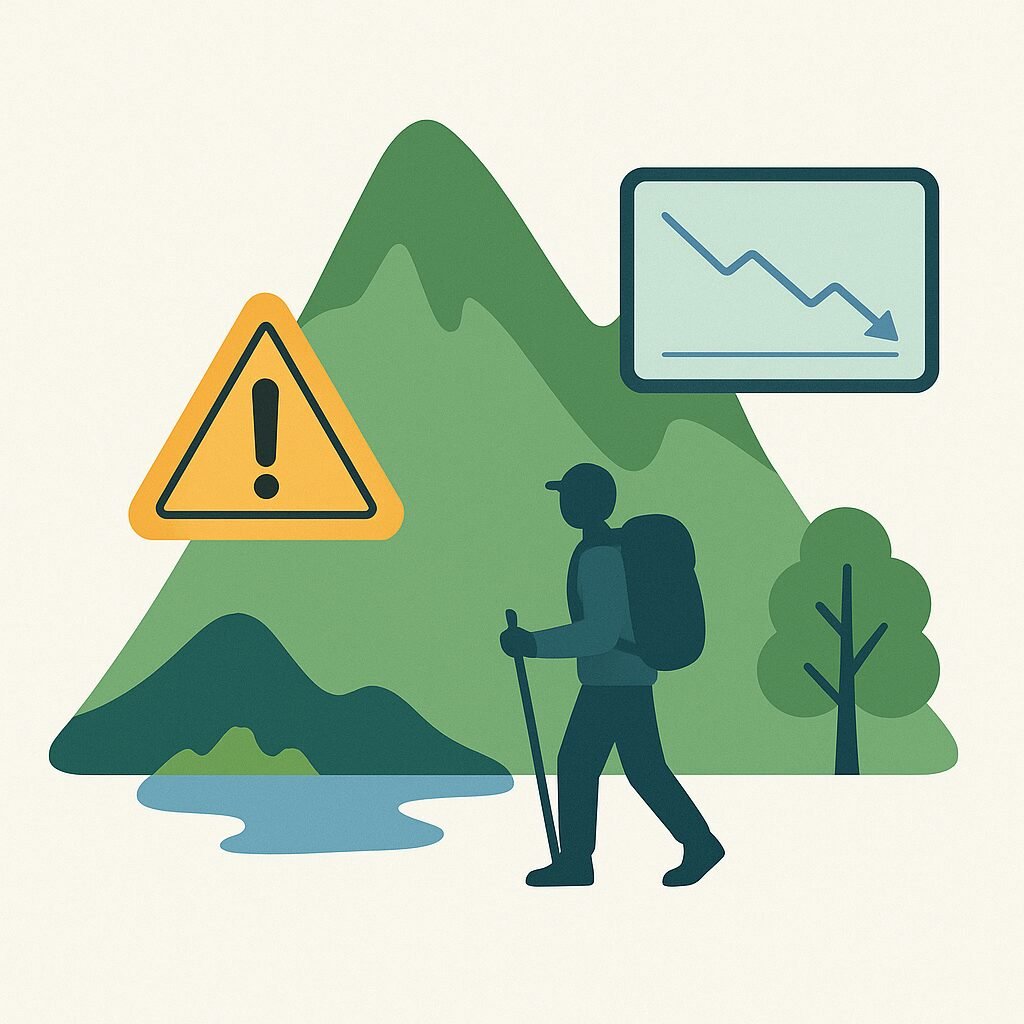

Gilgit-Baltistan, often celebrated as the crown jewel of Pakistan’s tourism offerings, is a region where the absence of structured data has had tangible consequences. Its dramatic landscapes and serene valleys attract thousands of tourists annually, but without reliable data on visitor numbers, environmental capacity, or community feedback, the region has faced mounting challenges.
Research conducted by the Pakistan Institute of Development Economics (PIDE) highlights how unregulated tourism in Gilgit-Baltistan has led to environmental stress, including waste management crises, deforestation, and water resource depletion. Socio-cultural tensions have also surfaced as local traditions and ways of life come under pressure from unchecked tourist behaviors.
Had there been consistent, localized data collection—tracking not just how many tourists arrived, but where they stayed, how long they stayed, what resources they consumed, and what impact they had—policymakers could have implemented measures like visitor caps, infrastructure upgrades, or targeted awareness campaigns to mitigate these issues.
Gilgit-Baltistan is not alone. From the beaches of Gwadar to the heritage sites of Taxila, Pakistan’s tourism hotspots risk facing similar fates if data continues to be sidelined in policy development.
Global Trends and Pakistan’s Missed Opportunities
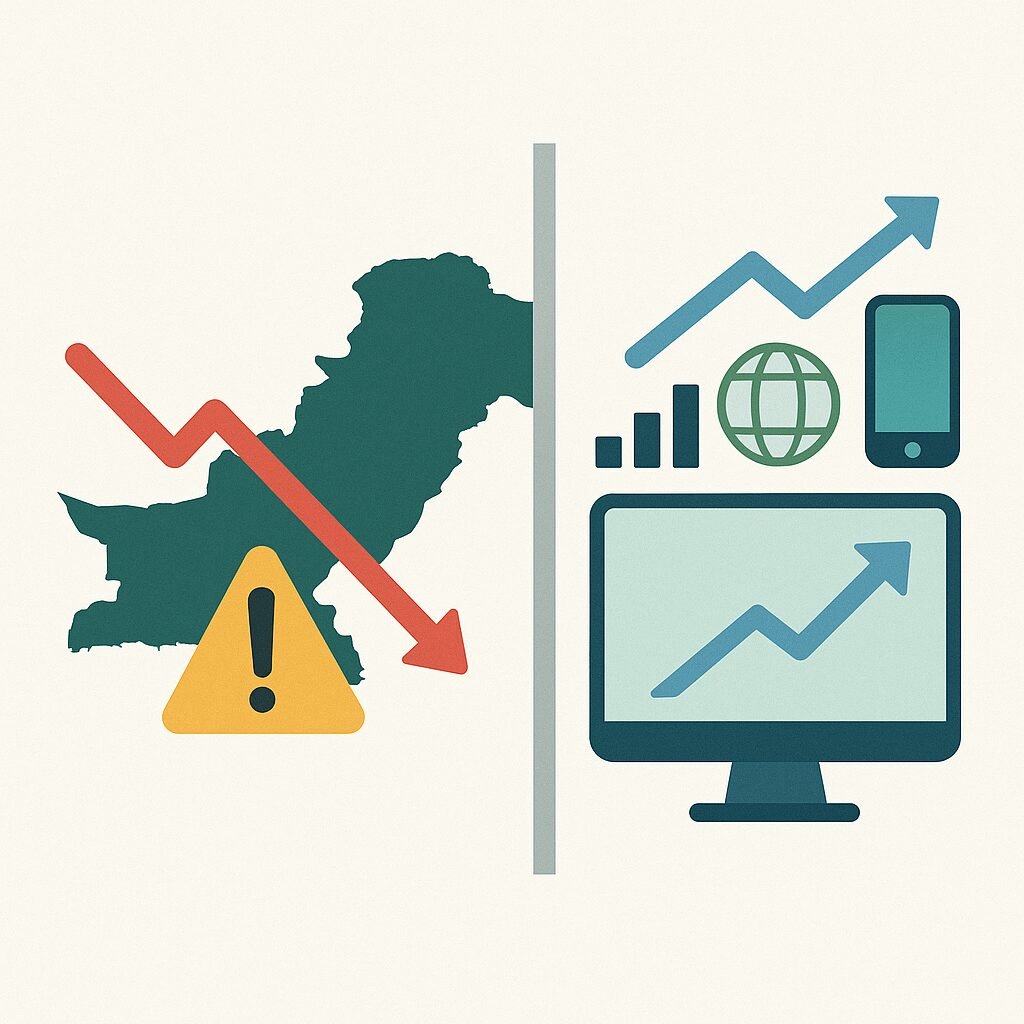

Globally, the tourism industry is undergoing a digital transformation. Concepts like Smart Tourism are no longer futuristic—they are standard practice. Cities like Barcelona, Singapore, and Seoul are using IoT sensors to monitor tourist movements, AI to predict visitor trends, and mobile apps to communicate real-time information to travelers.
According to reports from ReportLinker, countries investing in smart tourism technologies have seen not only improved tourist satisfaction but also enhanced sustainability outcomes and increased economic resilience during crises like COVID-19.
Pakistan, despite its natural and cultural wealth, lags in this digital shift. The failure to integrate localized data into tourism planning means that decisions are reactive, only addressing problems after they arise, rather than anticipating and preventing them.
Imagine if Pakistan had real-time dashboards showing visitor densities in Hunza, predictive analytics forecasting tourism surges in Murree, or mobile platforms enabling tourists to provide feedback instantly. These aren’t distant dreams—they are achievable goals if the right emphasis is placed on data.
TrulyPakistan: Pioneering Data-Driven Tourism Solutions
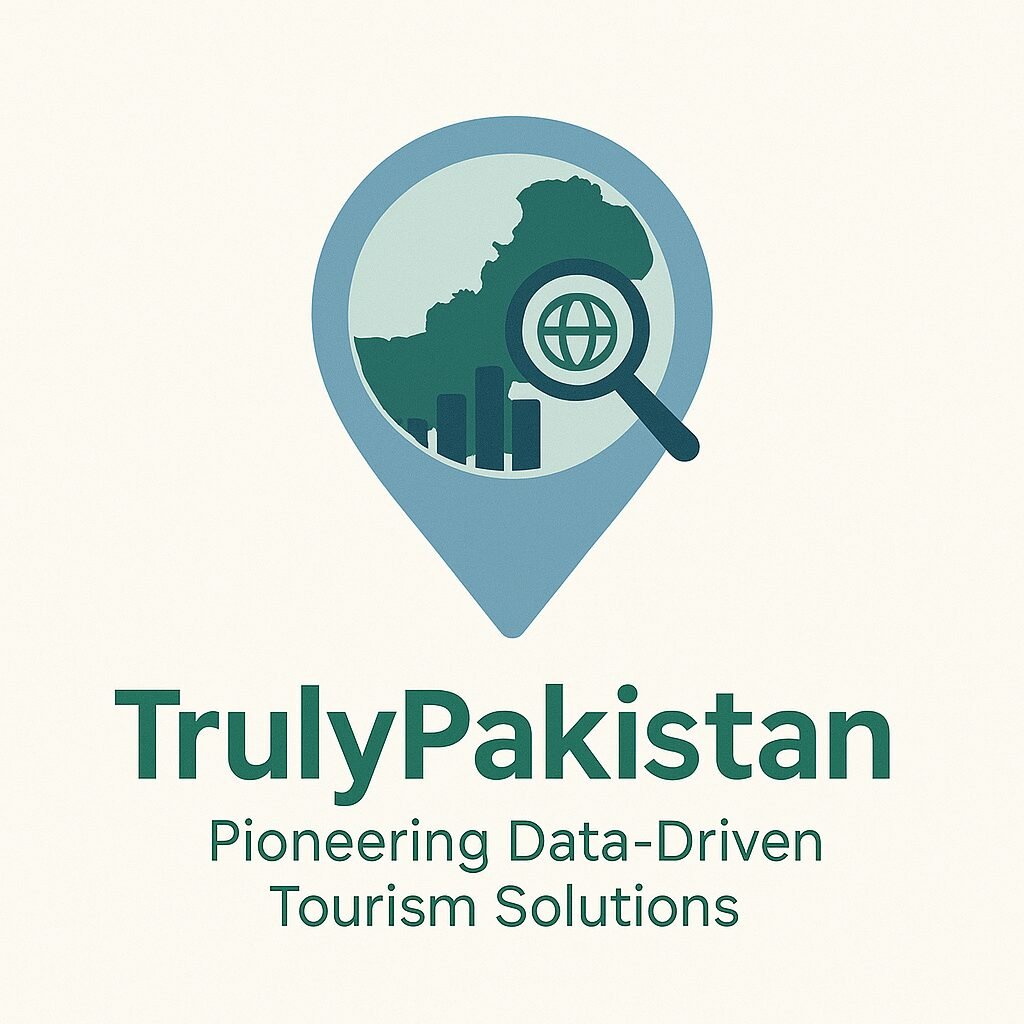

While public sector efforts remain limited, private initiatives like TrulyPakistan are stepping in to fill the void. Recognizing that Pakistan cannot sustainably grow its tourism sector without structured information, TrulyPakistan has embarked on a mission to create a digital encyclopedia of Pakistan’s tourism landscape.
By leveraging digital platforms, community engagement, and emerging technologies, TrulyPakistan is mapping destinations, gathering traveler experiences, and connecting tourism stakeholders through data-centric solutions. This includes promoting Smart Tourism practices—where data collection isn’t intrusive but integrated seamlessly through digital communication, feedback systems, and collaborative networks.
TrulyPakistan’s vision is clear: to empower policymakers, businesses, and communities with the insights they need to make informed, sustainable decisions. Whether it’s highlighting underexplored destinations to distribute tourist traffic or providing analytics for hospitality businesses to optimize services, the platform exemplifies how localized data can transform the tourism experience for everyone involved.
Policy Shifts: What Needs to Change
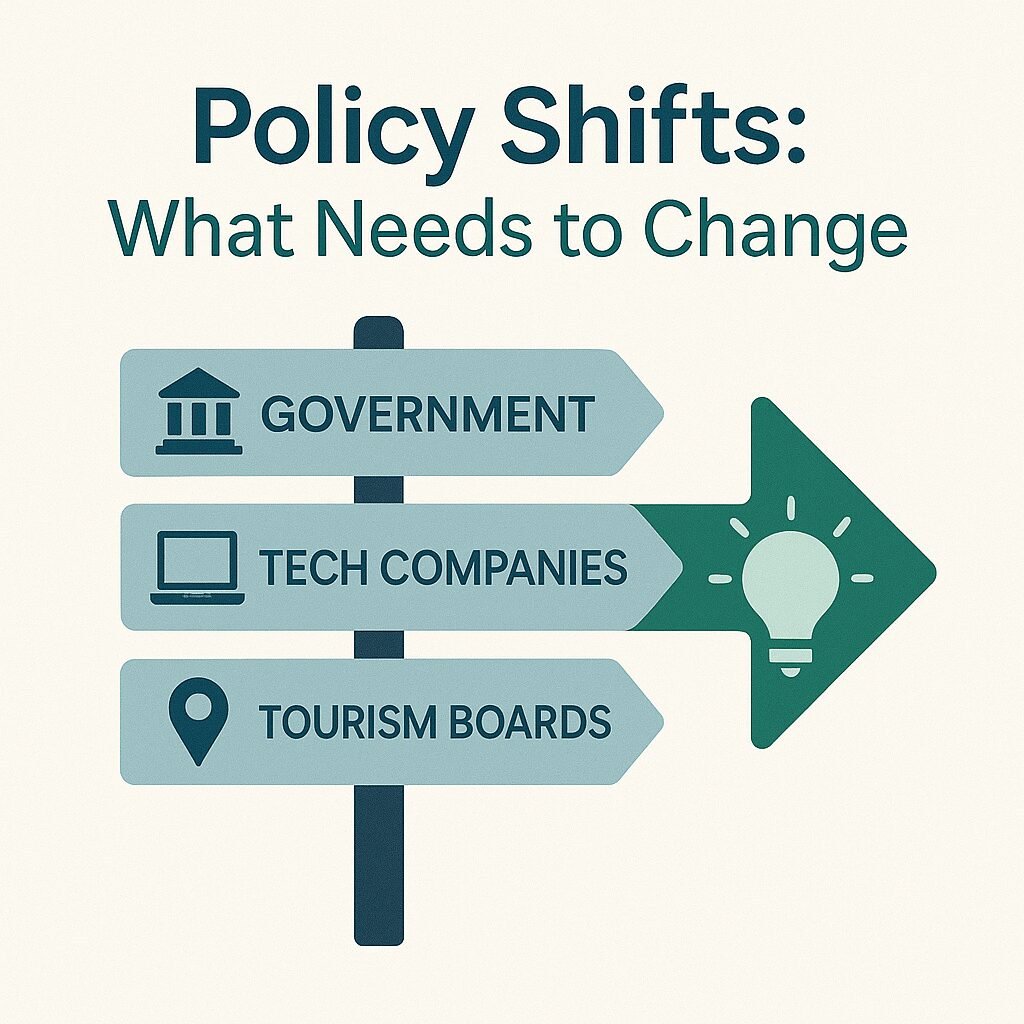

To build a resilient tourism future, Pakistan must adopt a proactive stance towards data integration. This starts with establishing localized data collection systems at district and provincial levels, ensuring that every tourist destination, no matter how remote, is monitored and understood.
Partnerships between government bodies, tech companies, tourism boards, and platforms like TrulyPakistan can accelerate this process. Investment in digital infrastructure, training for local authorities on data management, and the creation of open-data portals will foster a transparent, collaborative environment where data flows freely and benefits all stakeholders.
Moreover, involving local communities as active participants in data generation, not just subjects of it, will ensure that tourism development aligns with cultural preservation and environmental sustainability.
Data as the Foundation of Sustainable Tourism
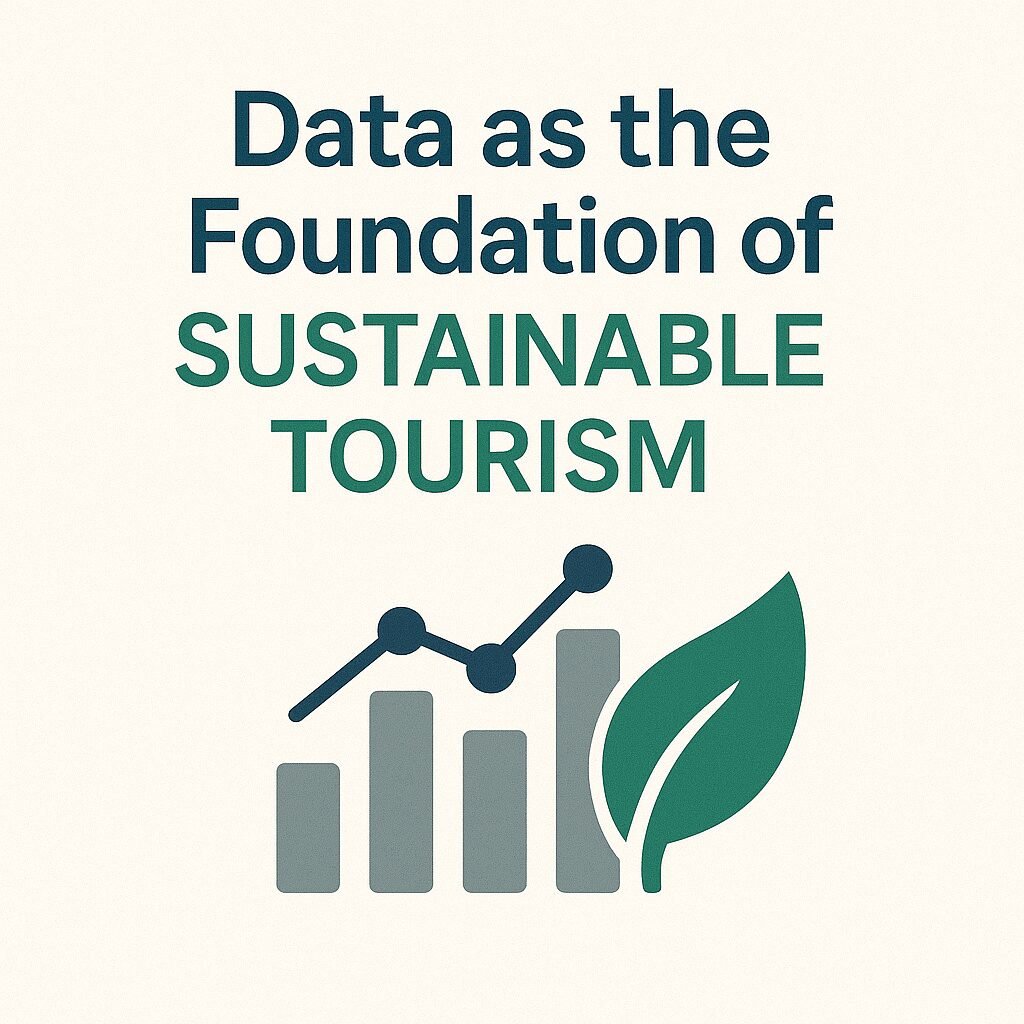

Pakistan stands on the brink of a tourism renaissance, but without embedding localized data at the heart of its policies, this growth could quickly become unsustainable. The choice is clear—continue operating in the dark or embrace a future where every decision is guided by accurate, real-time insights.
By championing data-driven strategies, Pakistan can not only enhance traveler experiences but also protect its invaluable cultural and natural assets. Platforms like TrulyPakistan have shown that this is possible. Now, it’s time for policymakers, businesses, and communities to rally around this vision.
The future of Pakistan’s tourism doesn’t just lie in promoting its beauty—it lies in managing it wisely. And that wisdom begins with data.
Resources & References
- White Rose Research: Tourism Impact Analysis
- TrulyPakistan: Tourism in Pakistan Overview
- Semantic Scholar: Tourism Development Challenges
- TrulyPakistan: Smart Tourism Initiatives
- ReportLinker: Global Tourism Data Trends
- PIDE: Tourism’s Environmental & Socio-Cultural Impact in Gilgit-Baltistan

